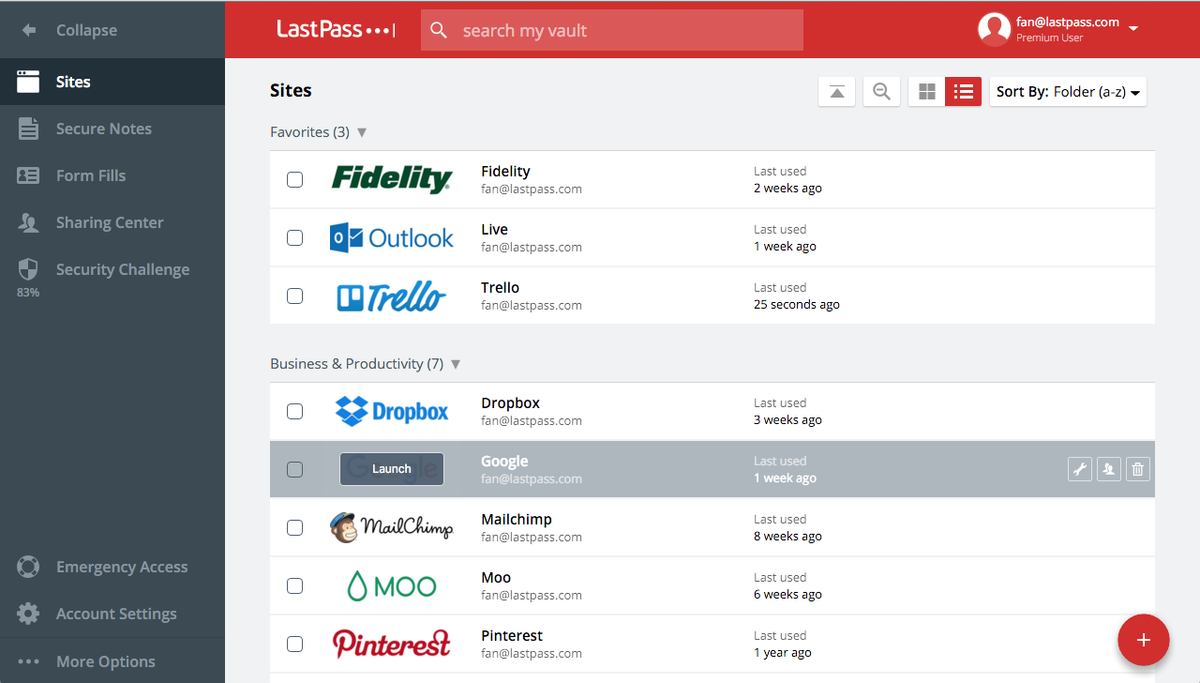


This will extend the expiry of the new cert to 3 months from the issue date as opposed to 1 month if it uses the public IP. The key thing here is, unless you’re planning on accessing Vaultwarden externally, you can setup the external IP address to be your LAN IP of the Synology host. You also have the option of getting the cert as a wildcard certificate if you intend to use multiple services such as “”. Unless you already have your own SSL Cert, can you get a free SSL cert via Synology. Considerations when installing Vaultwarden While we won’t be going through the step by step process of installing Vaultwarden on the Synology NAS (There’s plenty of online guides for this already) we wanted to provide some additional inputs which would be helpful during the installation process. As you can see in the screenshot below, Vaultwarden is extremely lightweight, and was using around 46MB memory during normal usage. We proceeded to install Vaultwarden on our Synology DS220+ using docker containers. Vaultwarden is an alternative implementation of the Bitwarden server in Rust, including the Web Vault.

While LastPass do say that your master password is unlikely to be cracked if the password you have setup follows their minimum guidelines, that’s of little comfort knowing a hacker could gain access to my vault data should they manage to bruteforce in. While the vault data isn’t readable unless they know your master password, if the hacker manages to brute force their way in, your vault data will be visible. However with their latest security breach hackers have infact got copies of your encrypted vault.


 0 kommentar(er)
0 kommentar(er)
